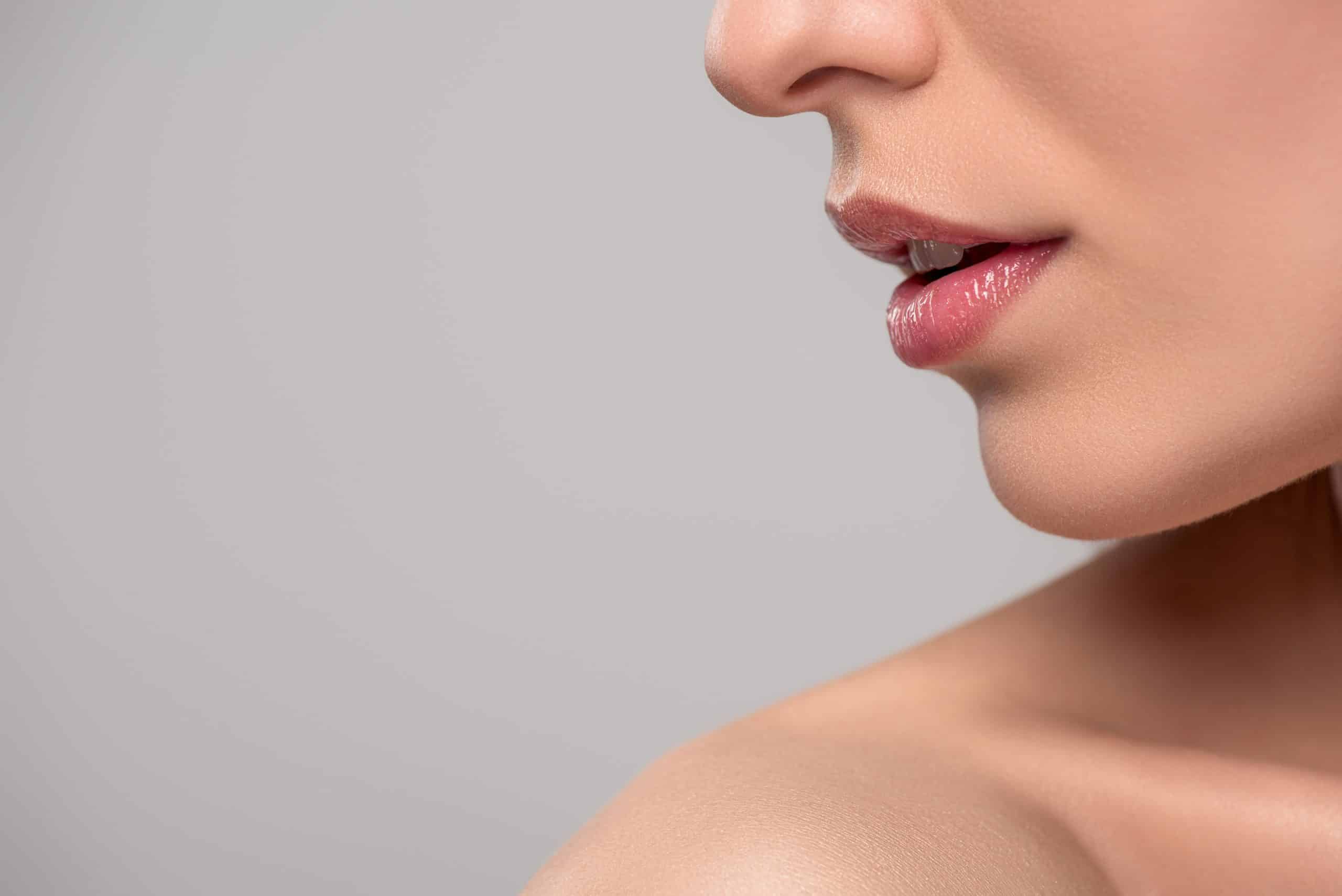
The chin—sometimes known as the mental region—is the area under the lower lip. A well-shaped chin helps to balance proportion of the face. Unfortunately, some patients are affected by various aesthetic imperfections like wrinkles, recessed bone contour, and an unrefined jawline. These imperfections can be corrected using either surgical procedures or dermal filler injections. The latter is usually chosen by patients due to its efficacy, simplicity, ease of reversibility, and shorter recovery time.
How does Restylane help to correct an undefined chin?
Patients who are looking forward to augmenting the shape of their chin non-surgically can choose Restylane, a brand of cosmetic injectables manufactured by Galderma. Restylane fillers contain non-animal stabilized hyaluronic acid (NASHA) that is sourced via biofermentation. The synthetic hyaluronic acid molecules are reticulated with each other to form viscoelastic gel. Restylane SubQ, which is composed of 20mg/ml of NASHA, is often used in the chin region. The larger hyaluronic acid particles make this gel highly viscoelastic and thick enough to correct volume deficit in deep skin planes. Once injected into the chin, the malleable gel will instantly provide support and volume to the surrounding tissues, resulting in a beautifully sculpted chin.
How long will the results last?
Once implanted into the skin, the injectable sculpts the chin for about 6 to 12 months. Your age, severity of aesthetic imperfection, health status, and lifestyle will affect the residence time of this filler. In addition to patients’ physiological factors, the volume of filler administered, and the injection technique, will also alter the duration of action. Patients can always get more injections once the chin starts losing its sculpted appearance.
Are the effects reversible?
Yes, the aesthetic outcomes of Restylane SubQ can be easily reversed using hyaluronidase injections. Hyaluronidase is a type of naturally-occurring enzyme that can break down both natural and synthetic hyaluronic acid molecules. Patients who are left with undesirable effects of Restylane SubQ such as Tyndall effect, hematoma, discoloration, and palpable lumps can get their filler dissolved prematurely.
What are the side effects of Restylane filler injections?
Though Restylane SubQ implantation is generally well-received by patients, they could still experience some localized inflammatory reactions such as pain, tenderness, redness, swelling, itching, and bruising. These injection-site reactions are mild in nature and should resolve by themselves within 1 to 2 weeks, provided that patients take care of the treated areas.
With that being said, patients presently using substances that have an affect on the platelet function such as non-steroidal anti-inflammatory drugs, are prone to experiencing increased bruising or even bleeding at injection sites. As a component of a proper aftercare treatment, patients should minimize the exposure of the areas of treatment to conditions with extreme temperatures, such as direct sunlight, sauna, steam rooms, hot baths, and even extreme cold, until time has passed to allow the initial swelling and redness to dissipate.
Is the filler integrated with an anesthetic agent?
Restylane SubQ is available with and without the inclusion of 0.3% lidocaine, a fast-acting amide-type pain numbing agent. Patients with very low pain tolerance can opt to be treated using Restylane SubQ with Lidocaine for maximum comfort during the treatment session.
Related Articles
Joanna Carr
How Long Does Perfectha Filler Last?
Discover how long Perfectha Filler lasts—explore its duration of effectiveness, factors influencing longevity, and how to maintain optimal results for...
Joanna Carr
Juvederm For Forehead Rejuvenation
Interested in learning more about Juvederm For Forehead Rejuvenation? Browse Doctor Medica's comprehensive archive of blog posts.
Joanna Carr
Benefits of Filorga’s Top Products for a Youthful Appearance
Discover the youthful benefits of Filorga's top products at Doctor Medica. Achieve a radiant and rejuvenated appearance today.


